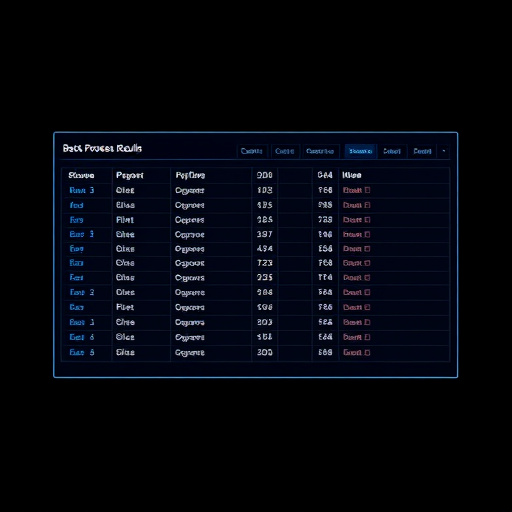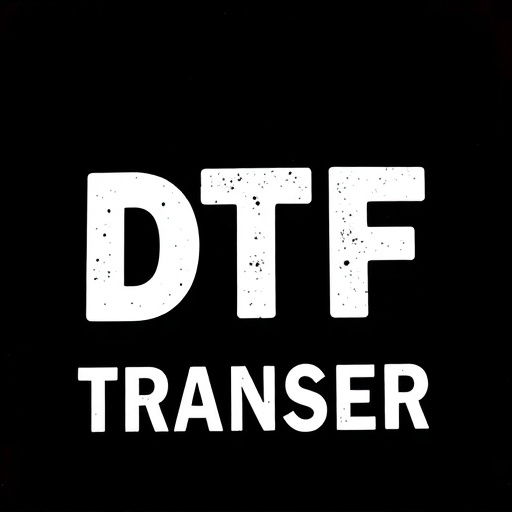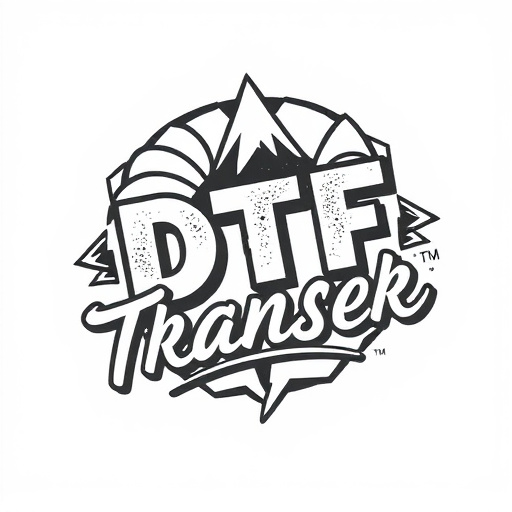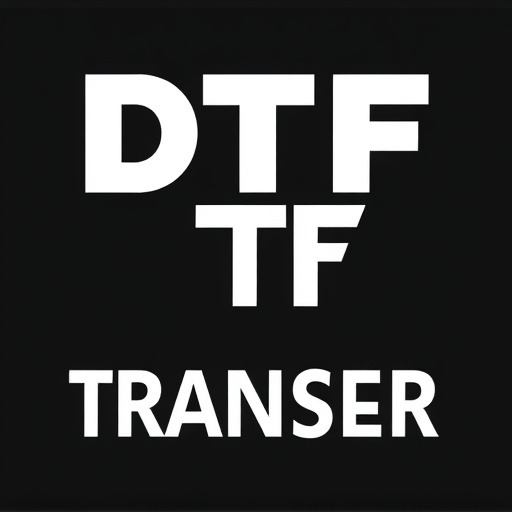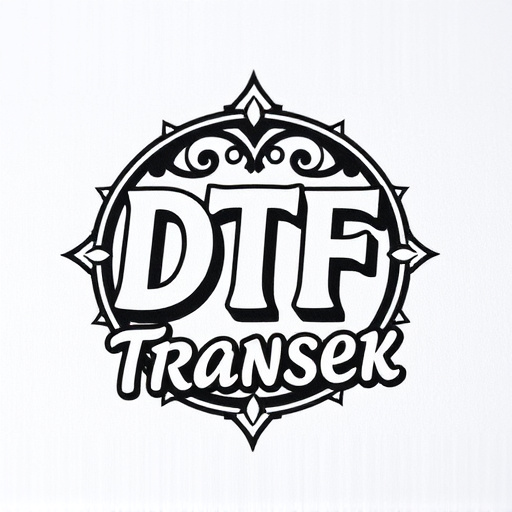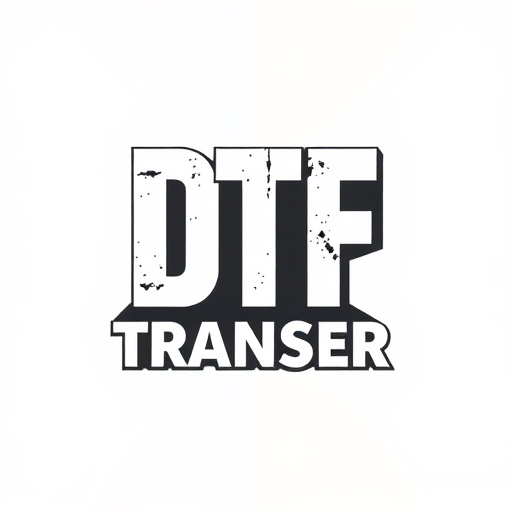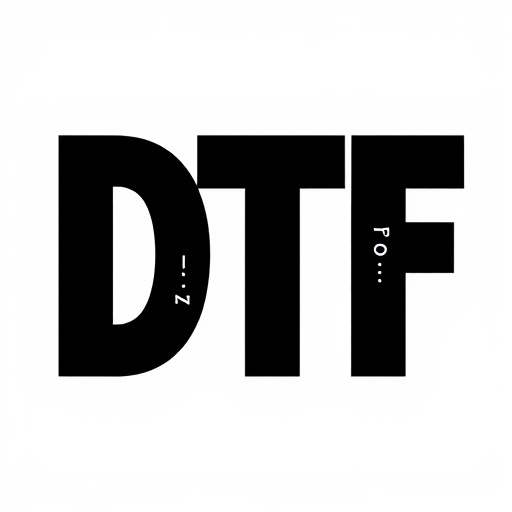Direct-to-Film (DTF) transfer technology enables high-quality printing on diverse surfaces, popular among artists and businesses. Using specialized equipment, DTF creates vibrant, detailed prints in various dimensions for art, merchandise, and branding. Key components include eco-friendly inks, flexible substrates, and state-of-the-art printers, ensuring accurate representation of designs. Best practices involve preparing high-resolution digital files, selecting suitable materials, and calibrating printers to produce top-tier DTF prints. This innovative method is transforming industries with endless creative possibilities. Future advancements promise 3D effects and superior color accuracy, revolutionizing DTF printing.
Direct-to-film (DTF) transfer technology has revolutionized printing, offering unparalleled versatility for creating custom designs on various surfaces. This article explores the ins and outs of DTF, from understanding its underlying technology to delving into dimensional considerations crucial for optimal orders. We’ll uncover the materials, equipment, and techniques that ensure high-quality prints while highlighting diverse applications across industries. Furthermore, we’ll gaze into the future, discussing expanding dimensional options in DTF printing.
- Understanding Direct-to-Film Transfer (DTF) Technology
- The Basics of DTF Printing: Materials and Equipment
- Dimensional Considerations for DTF Transfer Orders
- Maximizing Quality: Techniques for Optimal DTF Prints
- Applications of DTF Transfers in Various Industries
- Future Trends in DTF Printing: Expanding Dimensional Options
Understanding Direct-to-Film Transfer (DTF) Technology
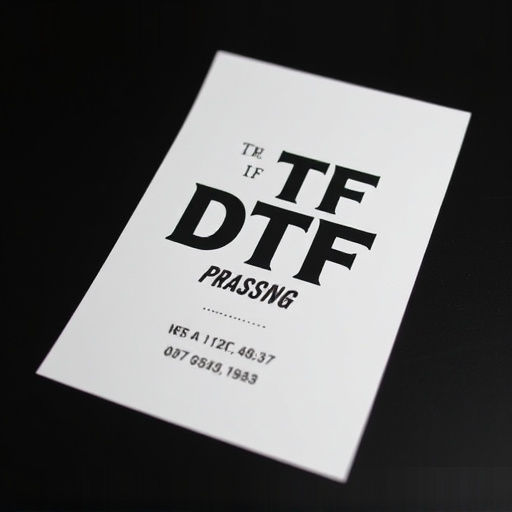
Direct-to-Film (DTF) transfer technology has revolutionized the way we produce and order prints from photographs and artwork. This cutting-edge process allows for high-quality reproduction directly onto various film surfaces, offering a unique and versatile approach to printing. DTF transfers are particularly popular among artists, photographers, and enthusiasts due to their ability to create durable, long-lasting prints with vibrant colors and fine detail.
The DTF method involves using specialized equipment to apply ink or dye directly onto the surface of a film, whether it’s photo paper, canvas, or other materials. This technique eliminates the need for traditional printing plates or screens, streamlining the production process. With DTF Printing, customers can order custom prints in various dimensions, making it an excellent choice for those seeking unique, tailored artwork or memory keepsakes. The versatility of DTF Transfer ensures that images and designs can be replicated accurately on different media, catering to a wide range of applications, from fine art prints to promotional materials.
The Basics of DTF Printing: Materials and Equipment

Direct-to-film (DTF) transfer printing is a cutting-edge method that allows for high-quality reproduction of designs onto various surfaces, including textiles and plastics. The process involves using specialized materials and equipment to create precise, detailed prints. At its core, DTF Printing relies on a combination of advanced inks, flexible substrates, and state-of-the-art printers.
The key components include high-resolution printing machines capable of handling intricate patterns and fine lines, along with eco-friendly inks that offer vibrant colors and exceptional durability. Flexible backings or release papers are also essential to ensure the ease of application and transfer of the print onto the desired surface. This technology democratizes design, enabling businesses and individuals to create custom prints swiftly and cost-effectively, opening up a world of possibilities for product customization and branding.
Dimensional Considerations for DTF Transfer Orders

When placing a direct-to-film (DTF) transfer order, understanding dimensional considerations is paramount. The size and resolution of the print required will dictate the optimal film dimension for the process. Higher resolution prints often necessitate larger film sizes to ensure clear and crisp details without pixelation or distortion. This is especially true for DTF Printing, where the film serves as a precise template for the final transfer onto various surfaces.
Choosing the right film dimensions can significantly impact the quality of DTF Prints. Smaller prints may not require expansive film, but larger artworks or those with intricate details will. It’s crucial to balance the desired print size and resolution against the practical limitations of available film formats. This consideration ensures that the final transferred image accurately represents the original design, whether for signs, murals, or other applications.
Maximizing Quality: Techniques for Optimal DTF Prints
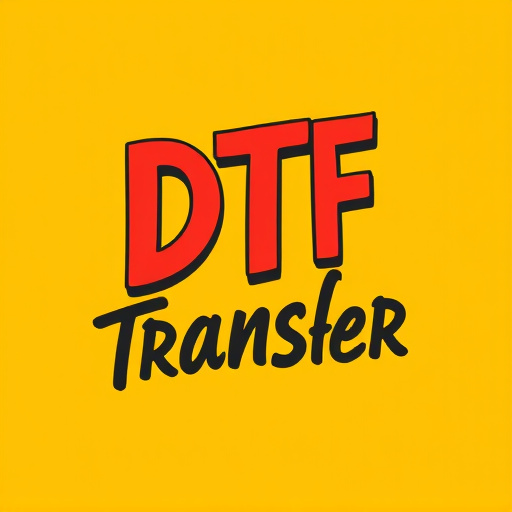
To maximize the quality of Direct-to-Film (DTF) transfer orders, several techniques should be employed for optimal DTF prints. The first step involves preparing high-resolution digital art files with accurate color profiles and proper settings. Using industry-standard software to design and edit graphics ensures that all details, from fine lines to vibrant colors, are accurately represented on the film. This precision translates directly into the quality of the final prints.
Additionally, selecting the right DTF printing materials is crucial. Different films offer various characteristics like durability, opacity, and adhesive strength, each suitable for specific applications. Calibrating printers according to the manufacturer’s guidelines also plays a significant role in achieving consistent, high-quality results. Regular cleaning and maintenance of print equipment further ensure optimal performance, minimizing issues like smudges or misalignments that could compromise the integrity of DTF prints.
Applications of DTF Transfers in Various Industries

Direct-to-film (DTF) transfer technology has found its way into various industries, revolutionizing the way they create and reproduce graphics. This innovative printing method enables the production of high-quality DTF prints, offering a range of applications across different sectors. From fashion and apparel to signage and advertising, DTF transfers have become an indispensable tool for professionals seeking precise and visually appealing results.
In the fashion industry, DTF technology allows designers to effortlessly incorporate intricate patterns and designs onto fabric, creating unique garments. Signage manufacturers utilize DTF printing to produce vibrant and long-lasting graphics for outdoor advertisements, ensuring visibility and attracting attention. Moreover, small businesses can take advantage of DTF transfers to create personalized merchandise, such as custom phone cases, mugs, and T-shirts, catering to individual customer preferences. The versatility of DTF Printing opens doors to endless possibilities, making it a sought-after solution in today’s diverse and demanding markets.
Future Trends in DTF Printing: Expanding Dimensional Options

The future of direct-to-film (DTF) transfer printing promises exciting developments, with a significant focus on expanding dimensional options. As technology advances, printers are exploring ways to create more complex and detailed designs, pushing the boundaries of what’s possible in DTF. One prominent trend is the integration of multi-dimensional printing techniques, allowing for intricate 3D effects and elevated print quality. This shift enables printers to offer a broader range of creative choices, catering to diverse client needs and preferences.
Additionally, there’s a growing emphasis on enhancing color accuracy and vibrancy in DTF prints. With advancements in ink technology and printing processes, printers can now deliver more saturated and precise colors, ensuring that final products match digital designs perfectly. These future trends suggest that DTF transfer printing will continue to evolve, providing businesses with innovative ways to bring their creative visions to life and offering customers a wide array of dimensional and aesthetic options.




